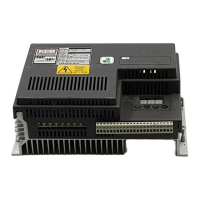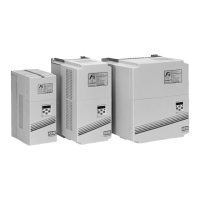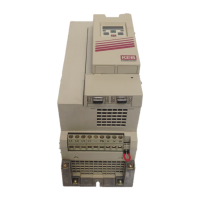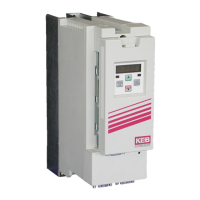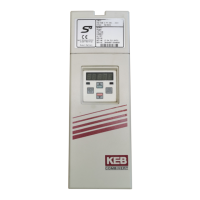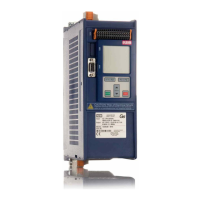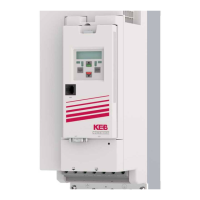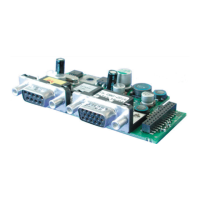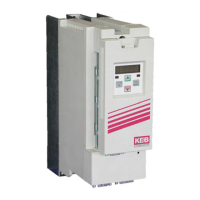120
External Load Weigher
Pre-torque gain
A car weighing system can be used to provide an analog signal
to the elevator drive which is proportional to the load in the cabin.
When LF.30 is set to 3, this analog signal is used to generate an
exact counter torque to hold the car stationary when the brake is
released. This is important for gearless speed control applications.
- 10 V the car is empty negative rated torque
0 V car weight + half load
= counterweight 0
10 V the car is full positive rated torque
If the rated torque is too small or too large , it can be increased or
decreased with LF.67.
Unit: -
Value range: 0.25 … 2.00
Default setting: 1
Adjusted value: depends on the required torque
External Load Weigher
Pre-torque offset
If the counter weight is not 50 % (cabin weight + 50% of max. load),
the pre-torque can be adjusted with LF.68.
Unit: %
Value range: – 100.0 % … 100.0 %
Default setting: 0 %
Adjusted value: depends on the counter weight
External Load Weigher
Pre-torque direction
This parameter can be used to invert the direction of the pretorque
being applied to the motor.
Unit: 1
Value range: 0 => +10V = positive torque
1 => -10v = positive torque
Default setting: 1
Adjusted value: depends on the required torque direction
Parameter Description
i
Note: Parameters LF.67-69 refer to pre-torque using an external
pre-torque device (load weigher), not the drive synthetic pre-
torque function. When using a load wither, LF.30 can be set to 3
to activate pre-torque.
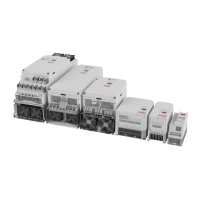
